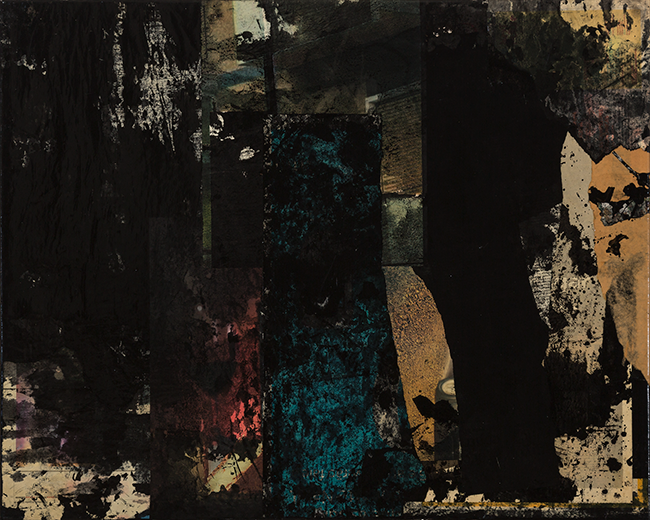José Brito doesn’t paint to decorate a wall. He paints to wrestle with the world. His work doesn’t whisper. It confronts. It grabs your attention with thick black ink, glued newspaper clippings, and a sense of urgency that feels like it’s been brewing for decades. You don’t just view a José Brito canvas—you get pulled into it.

Based in Portugal, Brito’s approach to art is raw and deliberate. His paintings are not composed in silence; they’re loud, crowded, and filled with contradiction. His materials—newspaper pages, ink stains, textured surfaces—carry history and residue. They’re records of things said and forgotten, of moments covered over and silenced.
The process often begins with the newspaper. Not as content, but as a structure. Brito glues the pages to the canvas and pours black ink over them in forceful gestures. What might seem like an obliteration becomes, in his hands, a way of rewriting. The surface isn’t just a place to paint—it becomes part of the message. There’s violence in the act, yes, but also memory. These layers of text and ink, structure and chaos, are the language he uses to talk about displacement, erosion, and the uncomfortable truths that sit just below the surface of everyday life.
He says his paintings are like biographical chronicles. But they don’t hand you his story. They hint, they resist, they make you work for it. That’s the point. His is a search for meaning in a world that feels increasingly disoriented. He paints to understand that disorientation—not to solve it.
The black ink is central. It’s more than pigment. It’s a metaphor. It covers, it traps, it hides. But it also reveals something else—a kind of absence that becomes its own presence. The darkness of the ink recalls night, and night, for Brito, is where all things end. But it’s also where new things can begin. There’s tension here: between forgetting and remembering, between silence and noise, between the clarity of structure and the mess of emotion.
In some of his works, you see what look like architectural forms. Columns, grids, fragments of buildings. These aren’t literal renderings—they’re echoes. Suggestions. Brito has described them as “a mosaic of parcels of memories.” They feel like ruins or blueprints. Things once whole, now broken down and repurposed. This collage effect—a signature of his—evokes the streets, the walls plastered with posters, the messiness of public space. But on canvas, they take on a different weight. They become symbols of the fractured human condition.
One of his earlier pieces, created in 2010 and simply titled Untitled, is a 65 x 81 cm mixed media work on canvas. It’s built on this idea of rupture and reconstruction. The ink and the collage pull and push at each other. It’s not tidy. It’s not easy. But it is honest. You feel the impact of time, of memory, of news once important and now smudged and forgotten.
There’s also a political undercurrent that runs through Brito’s work. Not in a didactic way—but in a deeply human one. A painting he made in response to the 9/11 attacks shows two blackened forms echoing the Twin Towers. Thick ink cages the scene like a steel net. You get the sense of being locked out, of witnessing something irreversible from a distance. Brito doesn’t invite you into the scene. He reminds you that you were never really in control of it.
Even when his paintings seem abstract, they’re never empty. His gestures carry weight. His surfaces breathe with tension. The randomness is never truly random. It’s choreographed chaos. A dirty elegance.
He plays with this edge between control and spontaneity. Between what’s made and what’s found. He’s interested in how the “dirty”—the worn, the discarded, the imperfect—can be elevated. In Brito’s world, even a scrap of newsprint holds weight. Even a stain can carry history.
Brito talks about painting as a way of dealing with “the bewilderment of the world.” That bewilderment runs deep in his canvases. He doesn’t offer resolution. Instead, he enunciates the questions. He paints as if to say: “Look at this. Remember this. Feel this.”
There’s a kind of toughness to his work, but it’s not posturing. It comes from a place of deep reflection, of being both present and haunted by the past. José Brito doesn’t pretend to have answers. But he knows how to hold a mirror to the disorder. To sit with the darkness long enough for some form of light to start showing through. Even if only faintly. Even if only for a moment.
And maybe that’s the point.

